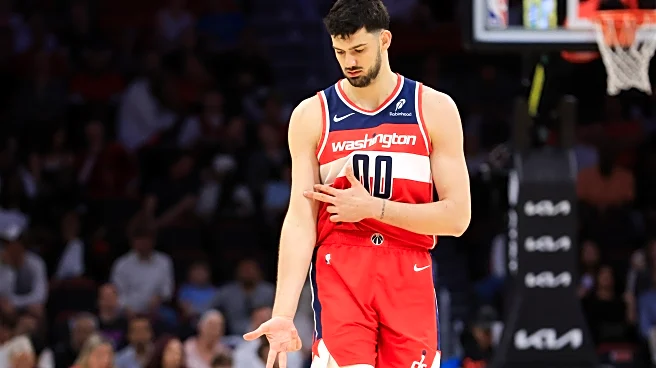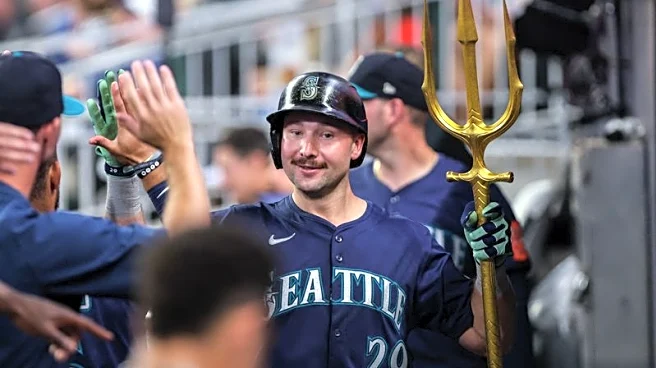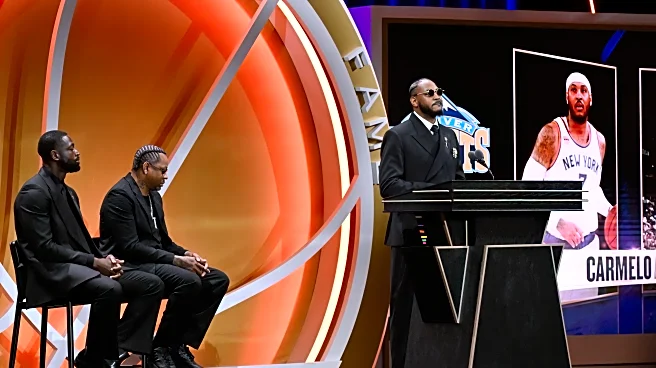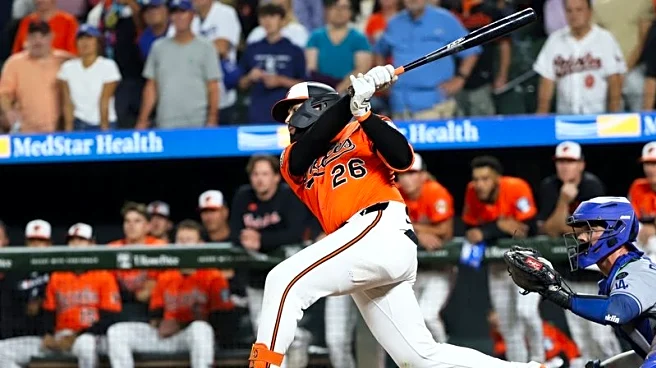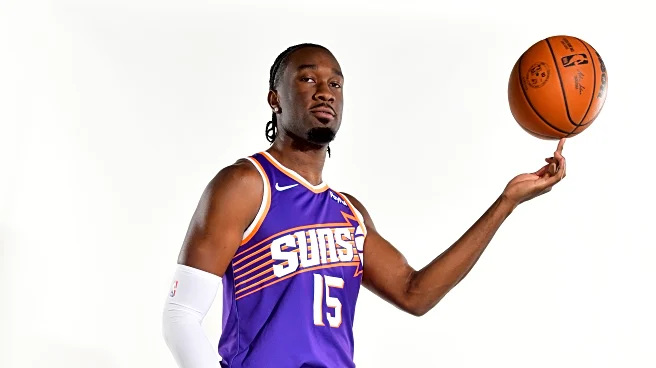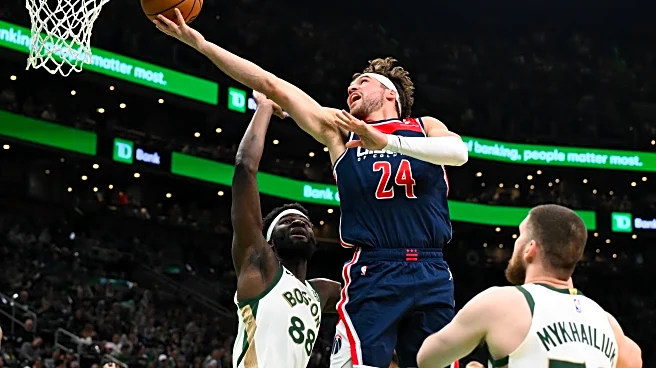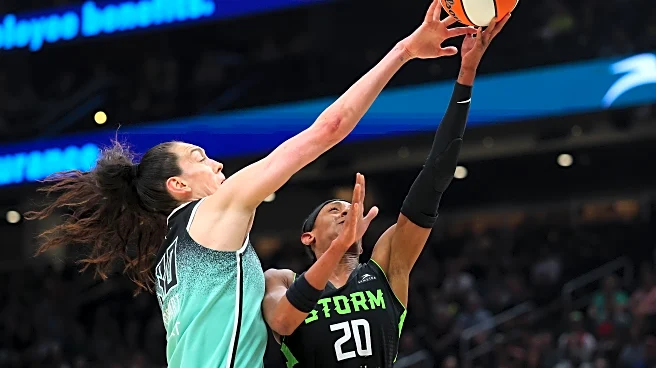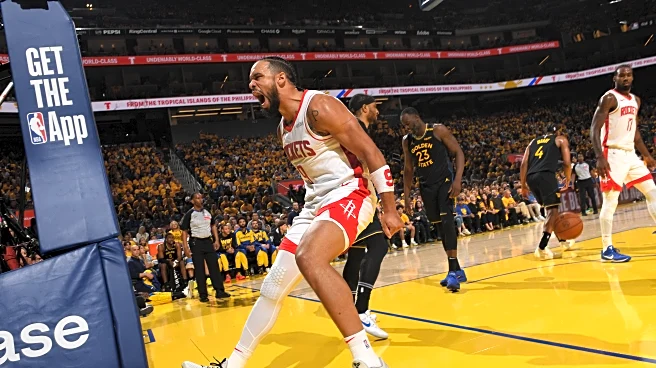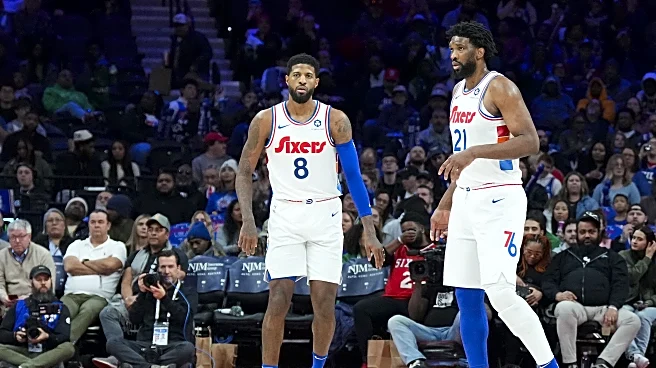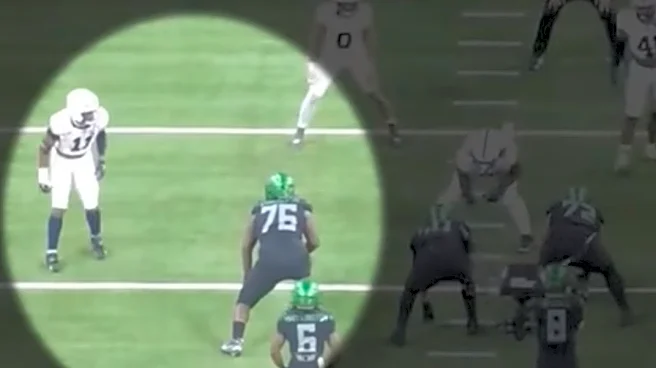

The Tristan Vukcevich experience with the Wizards has been a bit odd. The team chose him in the second round of the 2023 NBA Draft, but he couldn’t come to the team immediately due to contractual obligations overseas. He signed a multiyear deal with Washington towards the end of the 2023 season and appeared in 10 games.
He flashed some promise in that brief stint, and then…the Wizards released from that multiyear deal and re-signed him a few weeks later to a two-way contract. And then…he missed a month
with what was announced as a bruised knee. He ended up appearing in just nine G League games last season, though he did play in 35 games and 513 minutes for the Wizards.
In his 666 career minutes (so far), Vukcevich has been…well…I was about to type “not bad” but that’s not quite accurate. He’s been better than replacement level, though some distance from average. In my PPA metric (where average is 100, higher is better, and replacement level is 45), he produced a 55 in his rookie year and a 66 last season. That’s okay for his age, though unimpressive.
Given his age (20 as a rookie, 21 last season), the simple career forecasting tool I have thinks his “improvement” last season was smaller than it should have been. On average, players make their biggest production leaps from age 20 to 21. Vukcevich’s uptick was about half what would have been expected.
That’s not necessarily something to be worried about — I’m offering it more in the spirit of observation. There’s a lot of variation in how and when players improve, and I’m a big believer in the capacity of youngsters to blow up expectations by putting in hard work. It’s conceivable he could be one of those guys.
Vukcevich’s strengths are on the offensive end where he appears to be a good shot maker from everywhere except floater range and a sometimes creative passer. His rebounding is acceptable for a big. The flaws? High turnovers (more miscues than assists), fouls a lot, poor defensive execution, and producing very few shots inside (just 19% of his field goal attempts have come in the at-rim area so far in his career).
For someone who’s converted 83% of his shots at-rim and 41.7% in the floater range, it’s kinda crazy that more of his shots have come from that 3-10 foot distance. Some of that is Washington’s five-out scheme, which keeps him on the perimeter. But it’s an obvious area for improvement, especially considering his apparent ability to make midrange, three-point, and at-rim shots.
So, what kind of comps should we expect the Statistical Doppelganger Machine to produce for Vukcevich? My prediction before running The Machine was offensive-minded backup bigs who can shoot. And that’s mostly what The Machine produced.
NOTE: The Statistical Doppelganger Machine compares a reference season to every other player season since 1977-78 using 14 categories of stats. The Machine includes age, but not position or height. Even without including those last two categories, it tends to produce players from the same position group.
The Doppelgangers
- Moritz Wagner, 2021-22, Orlando Magic — This was Wagner’s age 24 season, and it’s a comp I’d like if Vukcevich had more edge. Back in 2020, I wrote about Wagner being a nervensäge, which is a German compound word that translates to “nerves saw.” That’s perfect for Wagner, who seems to love nothing more than annoying opponents. He turned into a decent backup big, though we’ll see how he comes back from an ACL tear last December.
- Naz Reid, 2022-23, Minnesota Timberwolves — Reid’s been somewhat overrated in my estimation, which is not to say he’s bad. I think he’s good — just not as good as others seem to think. That said, it’d be a great outcome for Washington if Vukcevich becomes this good. And I think he has the tools to do it. Reid seems to be the most favored comp from The Machine, by the way. He has two more seasons in Vukcevich’s top 10 comps.
- Naz Reid, 2019-20, Minnesota Timberwolves
- Rodney White, 2003-04, Denver Nuggets — Was not expecting this name, in part because White was more of a rugged wing than a stretch big. To me, this name indicates how basketball has evolved. Vukcevich does more “big man” stuff (rebounding, blocking shots) than White did, but there’s enough production similarity to warrant the comp. The Wizards hope this isn’t Vukcevich’s direction — White posted a 67 PPA in this season (age 23), which turned out to be his career peak. His production cratered and he was out the league after the following year.
- Trey Lyles, 2018-19, Denver Nuggets — Age 23 season for Lyles, and it was unusually bad for him. He’s settled in as a reasonably productive journeyman backup big. He’s gotten as high as average-plus (116 PPA at age 24) and was reasonably useful until age 28.
- Michael Beasley, 2013-14, Miami Heat — The combination of age and team felt wrong because the Heat drafted Beasley, and gave up on him after two seasons. Between Miami’s “surrender” and this season, Beasley had a couple bad years in Minnesota, and a terrible season with Phoenix. One of the biggest draft busts of all time, though he was fairly productive in Milwaukee and New York at ages 28 and 29.
- Ryan Anderson, 2009-10, Orlando Magic — Age 21 for Anderson, and this would be the dream for Washington. At 21, Anderson was ascending. He topped out as an elite stretch-four — a great shooter who also rebounded well. A serious back injury and horrific personal tragedy undermined what could have been.
- Henry James, 1990-91, Cleveland Cavaliers — A throwback name that I don’t remember at all. Basketball-Reference tells me James was 6-8 and 220 and lists him as a PF/SF. That suggests the classic tweener of that era. He shot some threes, didn’t rebound much, but even so might be a small-ball five in today’s game. By the way, James was a 25-year-old rookie in this season.
- Cam Whitmore, 2023-24, Houston Rockets – Whitmore’s 2024-25 campaign also shows up pretty high as a comp for Vukcevich. Fascinating comparison because the eyeball perceives potentially meaningful differences in physical tools, as well as the superficial differences. The Machine sees similar usage and production patterns, albeit with some differences (rebounding, steals, efficiency).
- Naz Reid, 2020-21, Minnesota Timberwolves
A few other oddball names show up as being reasonably close comps for Vukcevich last season, including Cam Thomas, Marcus Thornton, and Jeremy Lamb.
One other fascinating name appears 20th on the comps list: Michael Porter Jr. The actual sim score isn’t that high, but the style of player feels right. That said, a Porter level player would likely be Vukcevich’s 110th percentile outcome.
Next through The Machine: Bilal Coulibaly.
